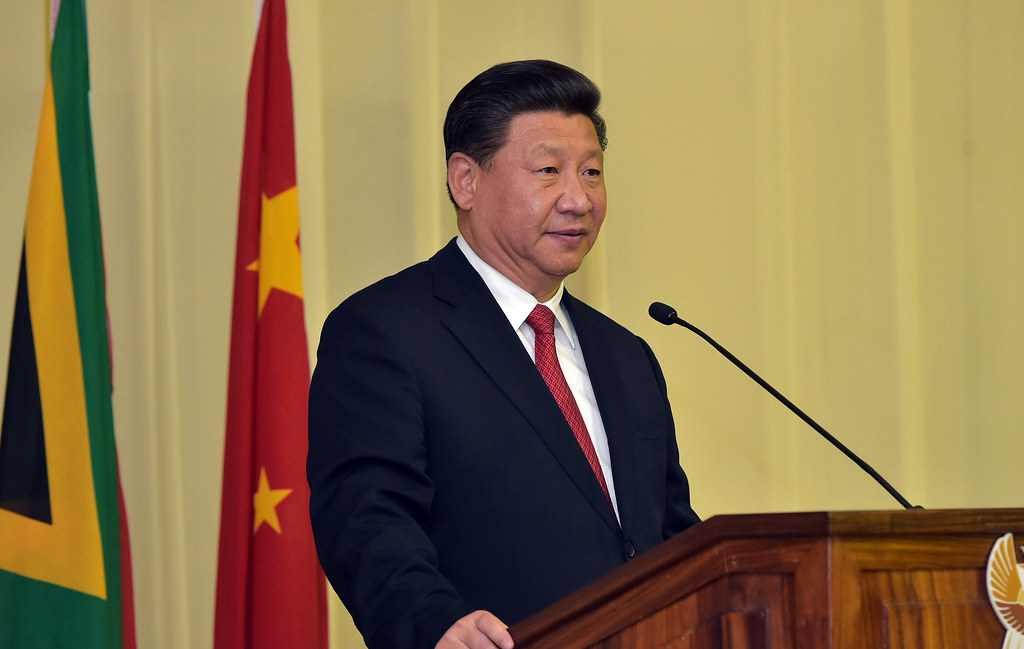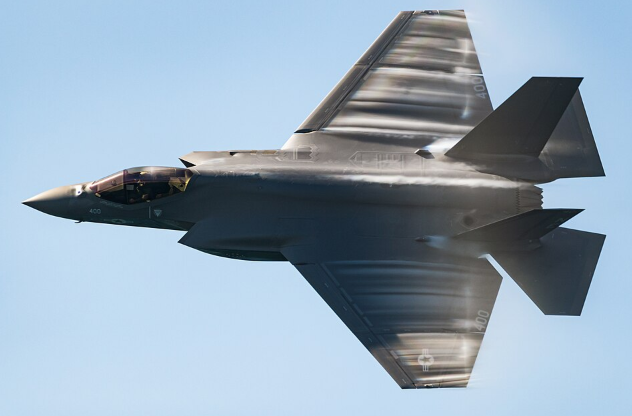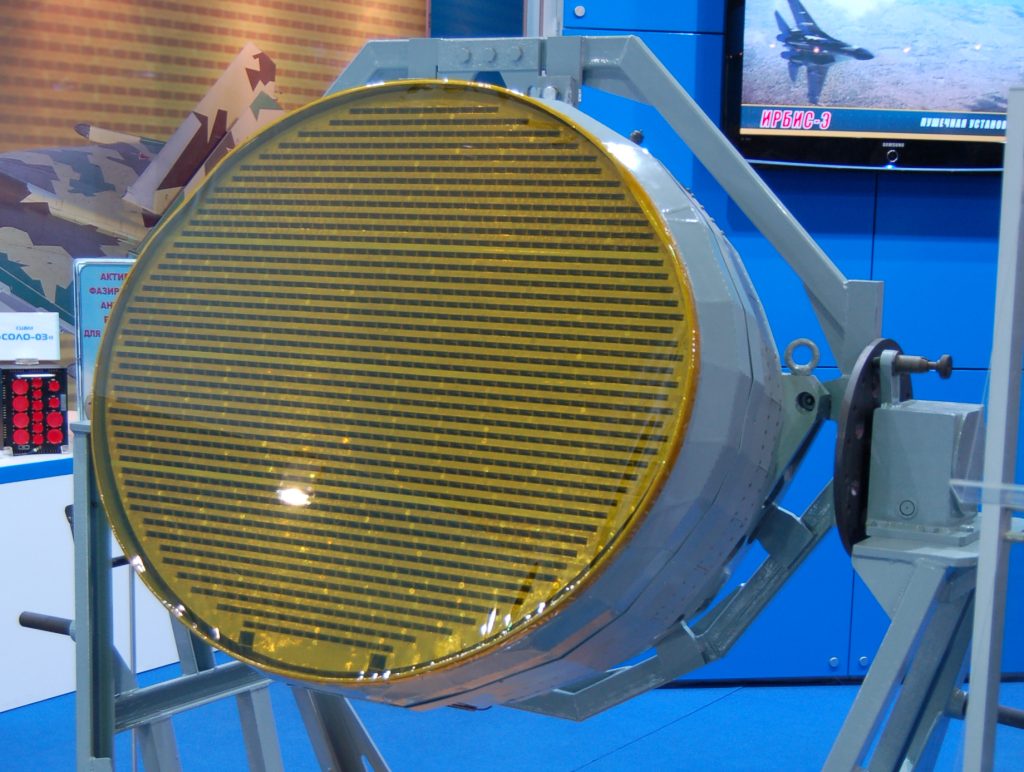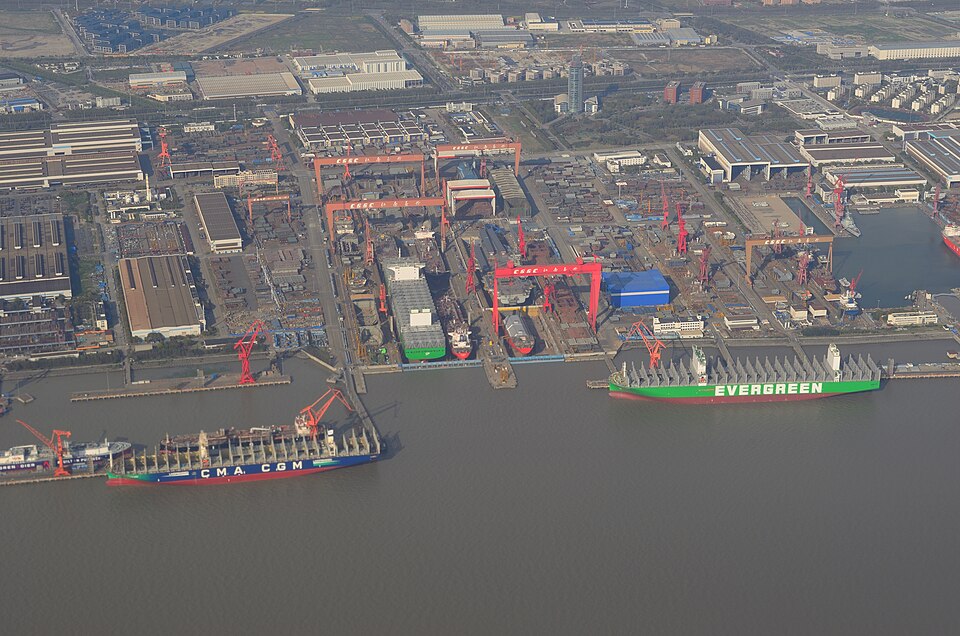
“The highest level of the aircraft carrier today is nuclear-powered and equipped with electromagnetic catapults,” said Chinese military expert Zhang Xuefeng. That benchmark has long been held by the United States, but China’s newest carrier, the CNS Fujian, has now entered the same technological category at least in launch systems. Its commissioning marks a pivotal moment in the evolving rivalry between the People’s Liberation Army Navy and the U.S. Navy.
Over the past ten years, Beijing has accelerated naval modernization with the aim of achieving a “world-class” force by 2049. The Fujian is the most sophisticated warship China has ever built, featuring an electromagnetic aircraft launch system, or EMALS, and a planned stealth air wing. Yet, set against the USS Gerald R. Ford the U.S. Navy’s flagship of carrier innovation differences in propulsion, endurance, combat systems, and even operational philosophy impose nuance on the balance of power.
This listicle outlines nine critical contrasts between these two maritime giants, drawing upon technical specifications, strategic context, and the wider consequences for Indo-Pacific security.

1. Launch Systems: EMALS Leap for China
The Fujian is China’s first carrier to employ electromagnetic catapults, entirely bypassing steam-powered systems. President Xi Jinping personally directed the adoption of EMALS, putting the ship on par with the most advanced launch technology on the USS Gerald R. Ford. It allows for smoother acceleration, reduced airframe stress, and the ability to launch heavier aircraft, including potential unmanned systems. While the Ford’s four catapults give it the higher sortie potential, Fujian’s three still represent a quantum leap over China’s ski-jump carriers. The U.S. experience proves that EMALS can be difficult to master.

2. Propulsion and Endurance
All U.S. carriers currently in service are nuclear-powered, meaning they can operate 20–25 years without refueling. The twin A1B reactors aboard the Gerald R. Ford provide it with almost unlimited range and the ability to sustain high-tempo deployments. In contrast, Fujian’s use of steam turbines combined with diesel generators means it can operate for only some 90–100 days before replenishment. This conventional power plant severely limits China’s ability to maintain a global presence, reinforcing its current regional focus. Analysts note that a nuclear-powered Type 004 carrier is reportedly under construction it could close this gap in the next decade.

3. Size and Aircraft Capacity
While the Fujian displaces 80,000 tons, the Ford is much larger at over 112,000 tons full load. The Ford stretches 1,106 feet in length and boasts three aircraft elevators, allowing for an air wing comprising 75–90 aircraft. In contrast, Fujian stretches 1,036 feet with two elevators and thus can carry an estimated 50–60 aircraft. This makes all the difference in sortie generation and its ability for sustained combat. Although Fujian’s deck layout follows Western designs with angled landings and simultaneous launch/recovery, the Ford’s greater capacity and proven deck operations remain unmatched.

4. Carrier Air Wings: Stealth Integration
Although the Ford is designed to operate F-35C stealth fighters, modifications continue for its long-term deployment. Fujian will field the twin-engine J-35 stealth jet that has multi-domain coordination capabilities. The function of the J-35 aboard Fujian could confer on the People’s Liberation Army Navy “first detect, first shot” advantages in regional engagements. The J-35 has yet to complete carrier qualification, while other planned assets remain in testing, such as the KJ-600 AEW aircraft.

5. Sensors and Combat Systems
Ford’s Dual Band Radar integrates X-band and S-band AESA arrays, linked into the Cooperative Engagement Capability network for fleet-wide data sharing. It carries Evolved Sea Sparrow Missiles and Rolling Airframe Missiles for layered defense. Fujian uses dual Type 346A AESA radars, HQ-10 short-range missiles, and Type 1130 CIWS. Although modern by PLAN standards, these systems lack proven interoperability in joint maritime combat. The absence of a disclosed combat management system suggests ongoing evolution in China’s networked warfare capabilities.

6. Sortie Generation and Operational Tempo
The design of the Ford supports up to 160 sorties per day, drawing on four EMALS catapults, advanced arresting gear, and optimized deck flow. Fujian’s three catapults and smaller deck space will likely yield lower sortie rates. The PLAN’s carrier aviation is still developing doctrine for sustained high-tempo operations, while the U.S. Navy has decades of experience conducting global expeditionary missions with integrated carrier strike groups.

7. Strategic Deployment Patterns
Ford is homeported at Naval Station Norfolk, deploying globally to the Atlantic, Mediterranean, Middle East, and beyond. Fujian will be based at Yulin Naval Base in Hainan, placing it in the contested South China Sea alongside CNS Shandong. Such positioning enhances China’s regional deterrence while limiting direct overlap with U.S. carriers in the western Pacific, where the USS George Washington covers forward-deployed missions from Japan.

8. Industrial and Shipbuilding Context
Output in China’s shipbuilding sector dwarfs that of the United States-a factor that allows for rapid fleet expansion. Jiangnan Shipyard, which built Fujian, also produces advanced commercial vessels, reflecting China’s integrated model of military-civilian shipbuilding. By contrast, the Ford-class relies on specialized U.S. yards focused exclusively on defense contracts this limits production speed but ensures deep specialization.

9. Experience and Doctrine:
The U.S. Navy’s carrier aviation is combat proven, integrating with allies and joint forces. PLAN carrier aviation is untested in real-world combat and is still refining doctrine for blue-water operations. Chinese sources acknowledge that carriers will serve first as regional intimidation tools against less capable rivals, while long-term ambitions for global reach depend on overcoming limitations in logistics and self-defense. Commissioning of the Fujian represents a significant milestone in China’s naval rise, closing gaps in launch systems and stealth integration with the United States.
Differences in propulsion, endurance, aircraft capacity, and general operational experience make the USS Gerald R. Ford the gold standard of carrier capability. But for defense planners, the more important race is not in hardware, but in doctrine and sustainment-that is, the ability to project power over the oceans-a competition that will define the maritime balance in the Indo-Pacific into the foreseeable future.


